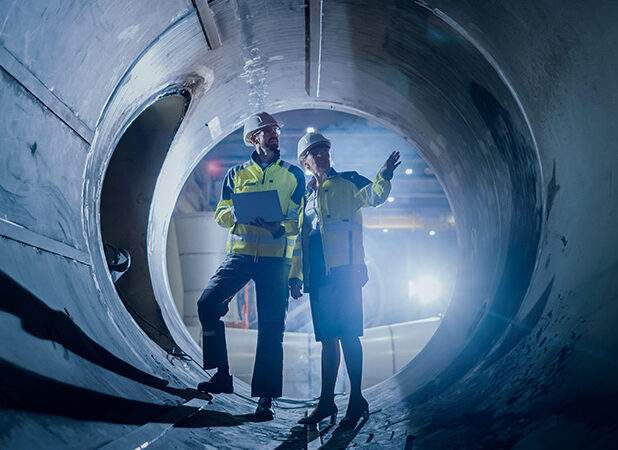In order to stay ahead in any competitive job market, it is important to maintain continuous development. For both employees and employers, upskilling is an important strategy to maintain industry standards and adapt to technological advancements.

What is upskilling?
Upskilling is the process of learning additional skills to improve performance in a current role or advance within an industry. It focuses on building upon existing knowledge rather than starting from scratch. With automation and digital transformation reshaping industries, upskilling helps workers keep pace with new tools, technologies, and best practices.
The importance in a modern workforce
The modern workforce is constantly adapting to technological changes, automation, and evolving industry standards. Without ongoing training, professionals risk falling behind. Upskilling specifically addresses skill gaps within organizations. This ensures that employees have the capabilities needed to meet new challenges. It also helps businesses maintain a competitive edge by keeping their workforce proficient in the latest industry developments.
Benefits of upskilling
There are many benefits upskilling offers to both employees and employers.
For Employees:
Job security
As industries continue to evolve, having updated skills reduces the risk of job displacement.
Career growth
Upskilling opens doors to promotions, leadership roles, and new opportunities.
Increased job satisfaction
Learning new skills keeps work engaging and fosters a sense of accomplishment.
For Employers:
Higher productivity
Employees with advanced skills can work more efficiently and contribute to innovation.
Talent retention
Investing in employee development leads to higher job satisfaction and reduces turnover.
Workforce adaptability
A skilled workforce can quickly adjust to industry changes and emerging technologies.
Difference between upskilling and reskilling
While upskilling focuses on enhancing an employee’s current skill set to perform better in their existing role, reskilling involves learning an entirely new set of skills to transition into a different role or industry. Upskilling is about professional growth within a career path, whereas reskilling is often necessary when a job becomes obsolete or an employee wants to switch fields.
How upskilling can be implemented in organizations
Organizations looking to build a future-ready workforce can implement upskilling programs through:
- Training & Development Programs: Providing structured learning opportunities through workshops, courses, and certifications.
- On-the-Job Learning: Encouraging mentorship programs, cross-training, and project-based skill development.
- E-learning & Digital Tools: Offering access to online courses, webinars, and learning management systems.
- Career Development Plans: Mapping out individual learning paths to align employee growth with company objectives.
By prioritizing their workforce’s development, businesses can ensure that they stays competitive while employees gain the skills they need to succeed in the future.

Check out our training and upskilling services here
Our certified training centers can elevate your workforce to the next level.
Frequently asked questions
1. How often should professionals upskill?
Professionals should aim to upskill regularly, at least once a year, to stay aligned with industry trends. This, of course, depends on job role, technological advancements, and personal career aspirations.
2. What industries benefit the most from upskilling?
Industries undergoing rapid technological advancements, such as energy, IT, healthcare, and manufacturing, all benefit significantly from upskilling programs to keep up with innovation.
3. How can employees request upskilling opportunities from their employers?
Employees can propose upskilling opportunities by identifying relevant training programs, demonstrating the value of learning new skills, and discussing how it aligns with company goals during performance reviews or meetings with HR.






